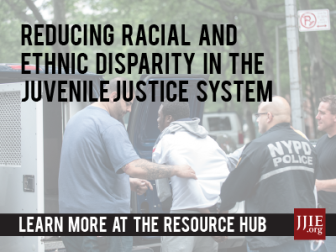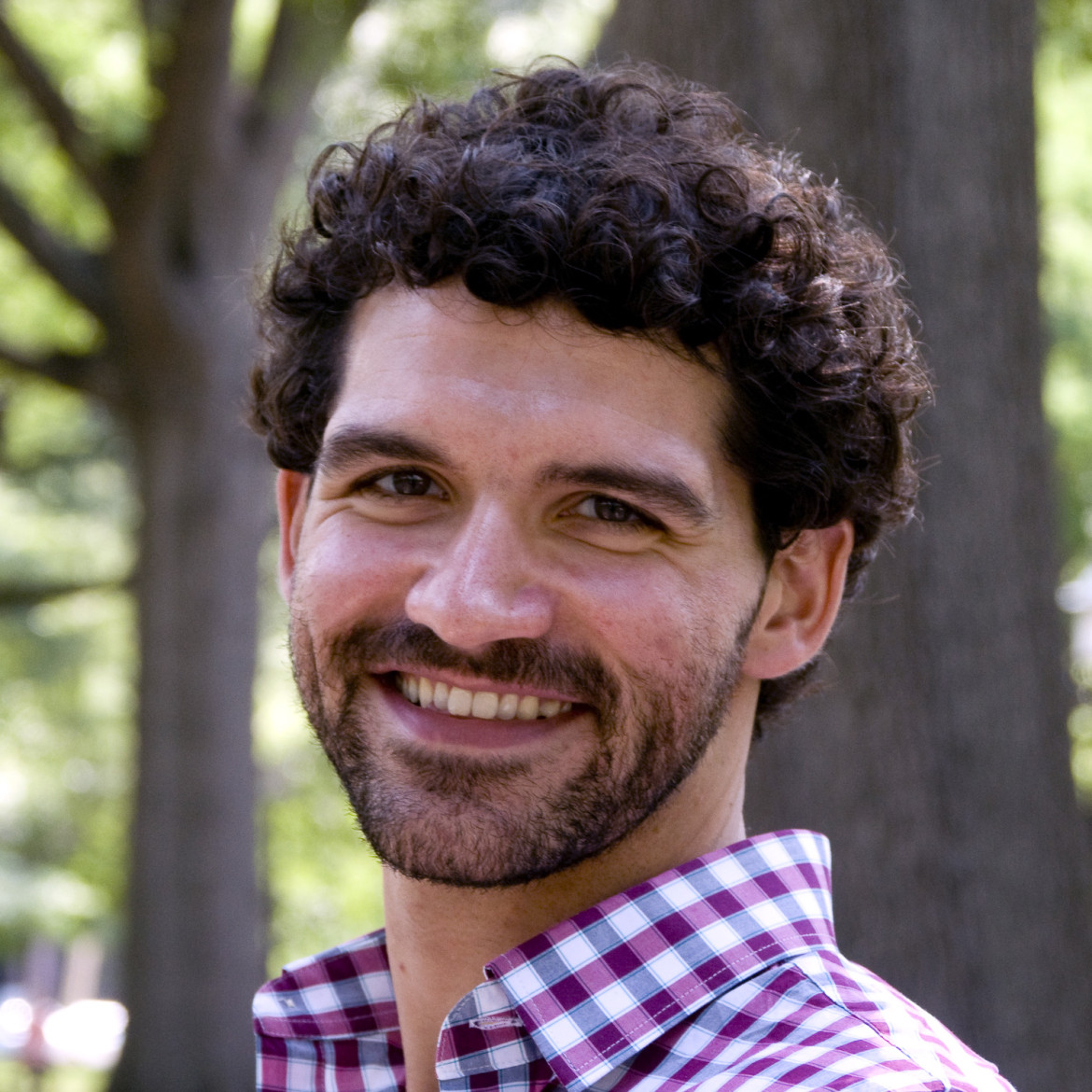 I recently asked a friend to tell me the first thing that came to mind when he thought of the word victim. My friend is in higher education and works on diversity issues day in and day out. He was surprised and horrified, albeit rightfully so, when he looked at me and said with trepidation, “a white woman.”
I recently asked a friend to tell me the first thing that came to mind when he thought of the word victim. My friend is in higher education and works on diversity issues day in and day out. He was surprised and horrified, albeit rightfully so, when he looked at me and said with trepidation, “a white woman.”
Media portrayals, policymakers and current events shape our common view of who a victim is, what they look like and often the type of crime they experience. This narrative usually portrays a victim of crime as someone randomly victimized, often by the use of some physical force, by a person of color.
As a criminologist, criminal justice researcher and victim advocate, I do want there to be an appropriate response when someone is a victim of crime. But there is a big divide between the popular media image of a victim of crime versus who is most likely to be a victim of crime, according to the data.
The notion, as my friend showed, that a typical victim is usually a white woman is a perspective we all need to work to counter, especially white women. It serves only to mislead us as to where resources need to be and reinforces a false notion of who needs to be removed from a community for the violence to stop.
So, what are some of the facts?
- Violent crime is largely intraracial (meaning white-on-white or black-on-black) and often there is an established relationship between the victim and the person committing the crime.
- Young men between the ages of 16 and 24 experience higher rates of violence than any other age group, regardless of race.
- Homicide is a leading cause of death for youth aged 10-24, with the highest rates among black youth.
In light of recent cases involving youth like Michael Brown and Tamir Rice and corresponding national protests, it has become ever more important to incorporate an honest conversation about victimization into the dialogue about criminal and juvenile justice reform.
A recent brief by the Vera Institute of Justice highlights the need for such a conversation. “Young Men of Color and the Other Side of Harm” describes how the victimization of young men of color should be brought to the forefront and become a significant part of increasing public safety. Danielle Sered, author of the report and director of Common Justice, a Brooklyn-based restorative justice project, said it best in her recent article “The Forgotten Victims of Violence”:
 “I have been haunted by the question: what would we, as a society, have done for Trayvon Martin, for Michael Brown, for Akai Gurley, for Eric Garner — for all the other men whose deaths have finally captured our national attention — if they had survived? What would we have offered if they had been injured but not dead, traumatized but still breathing?. … In all likelihood, we would not have done much.”
“I have been haunted by the question: what would we, as a society, have done for Trayvon Martin, for Michael Brown, for Akai Gurley, for Eric Garner — for all the other men whose deaths have finally captured our national attention — if they had survived? What would we have offered if they had been injured but not dead, traumatized but still breathing?. … In all likelihood, we would not have done much.”
To echo the slogan, “Black lives matter.” And that should be reflected in how we respond to victims of crime. Yes, we should all work to ensure that communities of color do not fall victim to archaic approaches to justice, poor public policy or militarized policing approaches.
But as communities and people stand united against unfair treatment of blacks by the justice system and the police, let’s not forget that black lives — real people — are victims of crime too, and often young men of color are forgotten in victim services.
All too often communities of color have few resources related to competent victim services. As someone who works with LGBTQ victims of domestic violence, I’ve seen how incompetent service providers and general lack of community knowledge about resources can impact the outcomes of cases and ultimately victims’ lives. Poor funding and inadequate training continue to stifle progress.
But unlike victim services targeted toward young men of color, the domestic violence (and sexual assault) movement has made significant strides in driving a national narrative and stretching any and all resources to provide as much support as possible.
The real challenge lies in a serious lack of programming that addresses the victimization commonly experienced by young men of color. These men are disproportionately victims of violent crime. Experiencing or witnessing such crimes can have longstanding consequences for emotional, physical and mental health; education, employment and safety. What is often missing in the conversation is how exposure to violence can impact the response of these young men and increase their likelihood of involvement in the justice system.
Young men of color in lower-income communities have to rely on a different set of tools to manage their exposure to violence. Such responses can include joining a gang for protection or having a heightened emotional or physical response to perceived threats, both of which increase the likelihood that a youth will come into contact with the justice system. This produces a nasty cycle of violence, victimization and criminalization — one we must work to stop. The way we choose to handle or not handle the victimization of a young man of color can change the course of that young person’s life and affects all of us.
In short, black lives must matter to all of us before they come into contact with the justice system. Black lives must matter every time they are harmed by someone else or by a system that is meant to help, but too often hurts. In fact, many of us need to realize they matter before they are harmed.
Paul Ashton is the development and research associate at the Justice Policy Institute. He currently serves on the Police Complaints Board, the governing body overseeing the Washington, D.C. Office of Police Complaints and on the board of directors for the Rainbow Response Coalition, an organization for survivors of LGBTQ domestic violence.

As a black woman who by the way, was victimized by a black police officer in 2007 and the mother of 3 black men, I am extremely sensitive to this subject. I work in pharmaceuticals and had the honor to work in urban communities. It is infuriating to say the least to hear white women openly call diverse neighborhoods unsafe and bad. The perpuatuation that black men are actively hunting and raping random white women in urban neighborhoods is not a belief share with what most would assume, the uneducated and the more conservative. Many of my colleagues who would describe themselves as urban, cosmopolitan and progressive possess that same racist belief as well. When in fact, it is more likely that I receive a phone call from someone telling me either of my sons were shot by a police officer or another Michael Dunn. I know I come off as acerbic when I mention, Ted Bundy, who we will never know his actual victim count, was considered intelligent, charismatic and obviously white, committed horrific acts of violence and sexual degradation ante and postmortem to victims such as yourself and his hunting grounds were in the whitest of white regions of the country. Thank you for the facts. I pray people other than the ones who already know these things read this and has an intellectual shift that will change their conversations when discussing “bad” neighborhoods and particular parts of a city. As much as I appreciate the factual validation, education of the cultural ignorant is the only real way these attitudes and these senseless assassinations of young black men will diminish.
Great perspective on the topic of crime victims and the dynamics and asking the bigger aand deeper questions that can influence effective policy formulation and reform.
Great great read! Thanks!